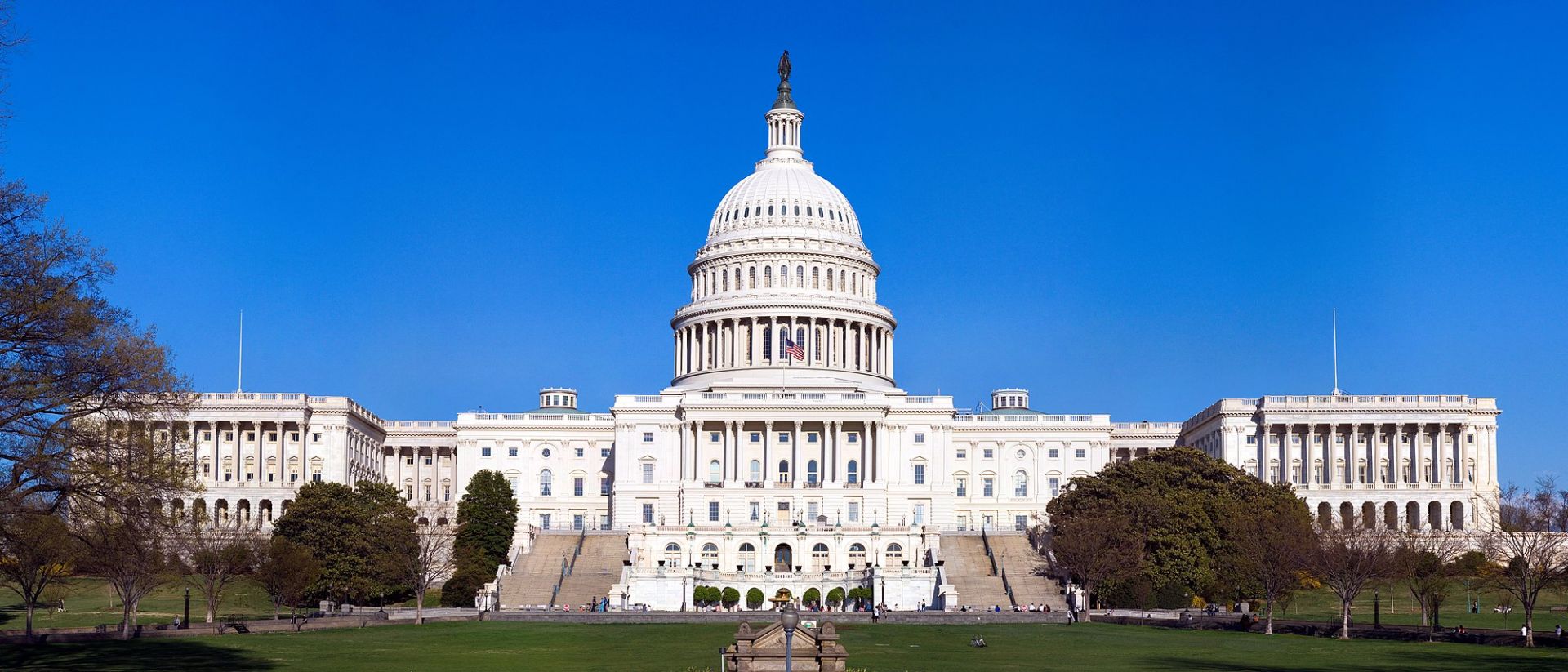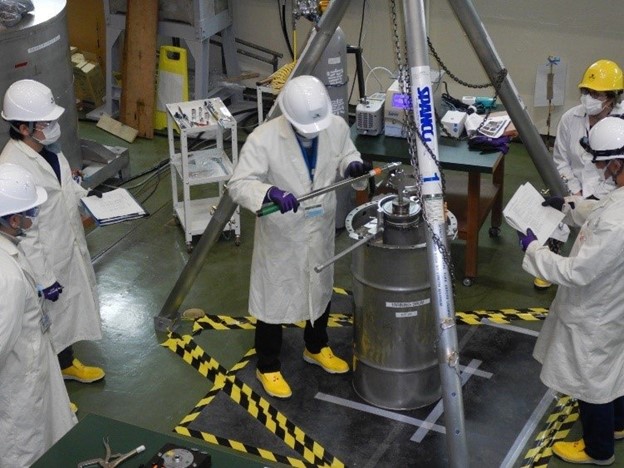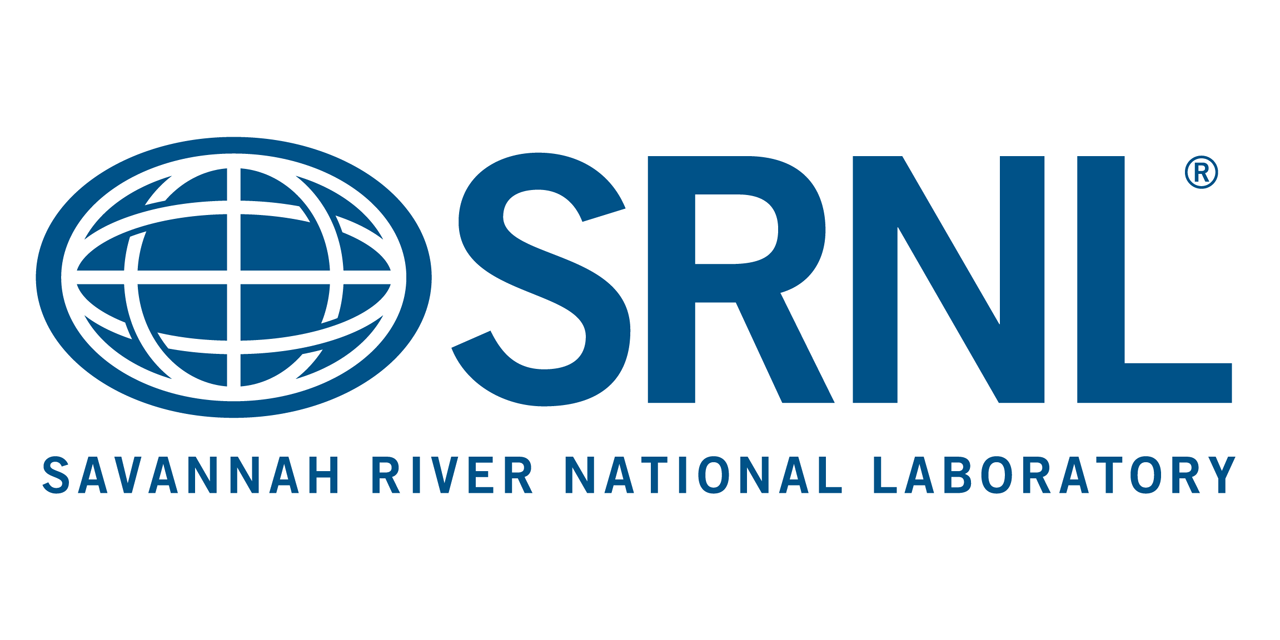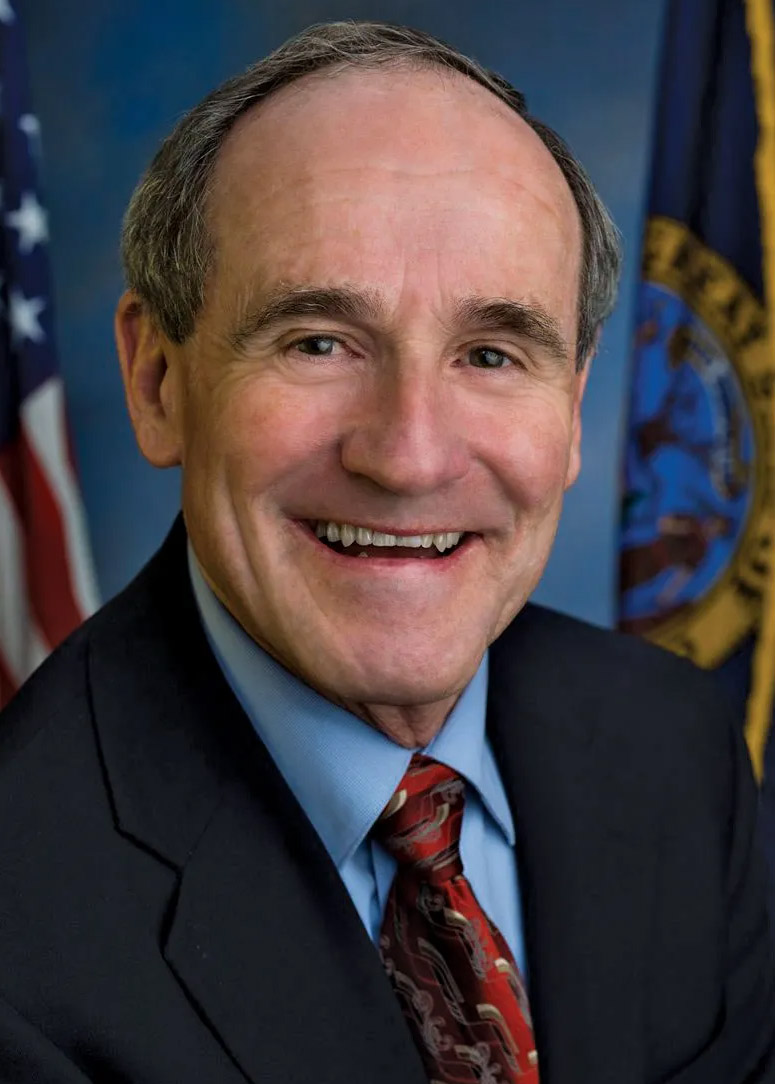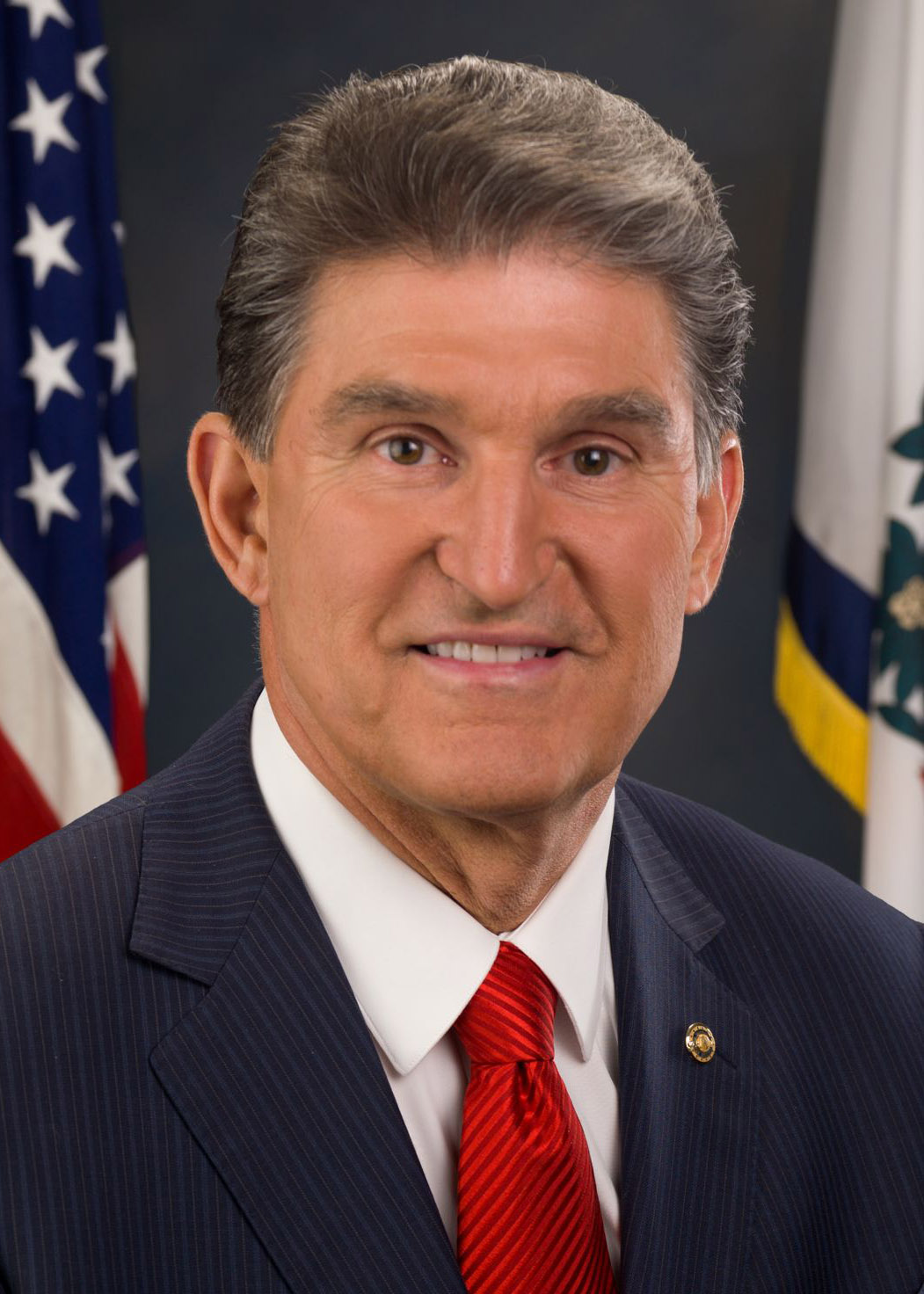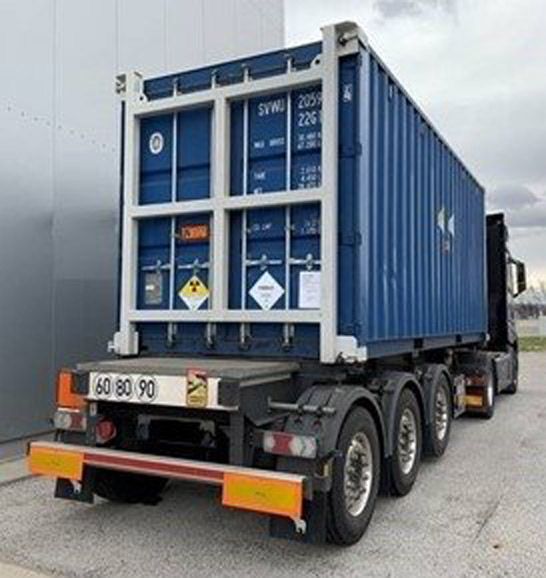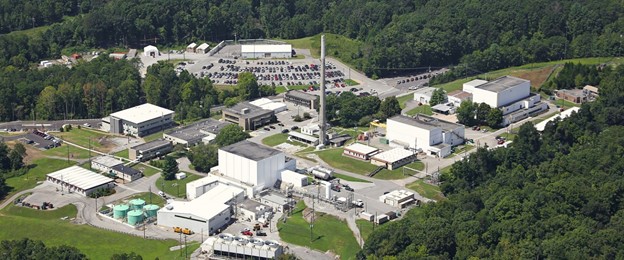NNSA administrator Jill Hruby surveys the Administrative Boundary Line at South Ossetia. Russia occupies Georgian territory on the other side of the line. (Photo: NNSA)
National Nuclear Security Administration administrator Jill Hruby and deputy administrator for defense nuclear nonproliferation Corey Hinderstein visited the country of Georgia in southeastern Europe last month to discuss the NNSA’s bilateral partnerships, seek areas of cooperation, and get a closer look at how nuclear security is implemented at active border crossings in the region.
President Biden and Prime Minister Sunak chatted in the Oval Office last week during meetings to announce the Atlantic Declaration for a Twenty-First Century U.S.-U.K. Economic Partnership. (Source: Twitter/Rishi Sunak)
At a joint press conference in the White House East Room last week, President Biden and U.K. Prime Minister Rishi Sunak—in Washington for two days of discussions with the president, members of Congress, and business leaders—debuted a new bilateral agreement dubbed the Atlantic Declaration for a Twenty-First Century U.S.-U.K. Economic Partnership.
The U.S. Capitol building.
NNSA administrator Jill Hruby (left) holds up the signed MOU on HEU conversion during the agency’s virtual meeting with Japan’s MEXT. (Credit: NNSA)
The Department of Energy’s National Nuclear Security Administration (NNSA) has signed a memorandum of understanding with Japan’s Ministry of Education, Culture, Sports, Science, and Technology (MEXT). The MOU describes their commitment to convert the Kindai University Teaching and Research Reactor (UTR-KINKI) from high-enriched uranium fuel to low-enriched uranium fuel. The nuclear nonproliferation–related agreement also calls for the secure transport of all the HEU to the United States for either downblending to LEU or disposition.
NNSA administrator Jill Hruby (right) and Ken Nakajima, director of the Institute for Integrated Radiation and Nuclear Science at Kyoto University, in the KUCA control room. (Photo: NNSA)
University of Tokyo technical experts practice procedures for HEU packaging at the Yayoi Research Reactor, with help from Savannah River personnel. (Photo: University of Tokyo)
President Joe Biden and Prime Minister Fumio Kishida of Japan have announced the successful removal of more than 30 kilograms of high-enriched uranium from three Japanese sites to the United States. The news came in a May 23 statement from the Department of Energy’s National Nuclear Security Administration.
Aerial view of the High Flux Isotope Reactor. (Photo: ORNL)
The nonproliferation-related monitoring of nuclear reactor operations received a boost from a new study focusing on the use of seismic and acoustic data for such purposes, ScienceDaily reported last week. The study, conducted by investigators at Oak Ridge National Laboratory, was published March 9 in the journal Seismological Research Letters.




 After more than a decade of global efforts led by the Department of Energy’s National Nuclear Security Administration, all four major medical producers of the radioisotope molybdenum-99 for the U.S. market are now using low-enriched uranium (LEU) in their production processes instead of high-enriched uranium (HEU), the latter of which presents risks of nuclear weapons proliferation.
After more than a decade of global efforts led by the Department of Energy’s National Nuclear Security Administration, all four major medical producers of the radioisotope molybdenum-99 for the U.S. market are now using low-enriched uranium (LEU) in their production processes instead of high-enriched uranium (HEU), the latter of which presents risks of nuclear weapons proliferation.